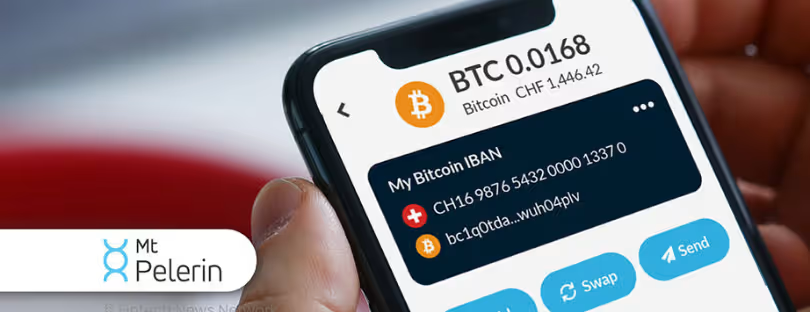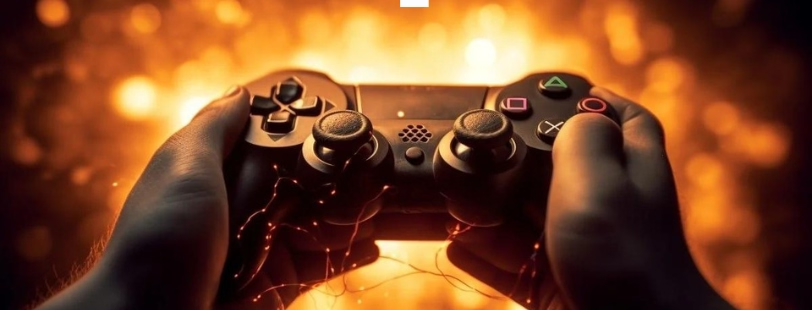
Spilled water or liquids on top of the laptop? Here are 7 tips what to do
Before any incident, internalize an essential rule on your desk or work setup: glasses with water or other containers with liquids without any lids are absolutely prohibited from placing near electronic components such as laptops, keyboards or mice. spilled water on laptop
A computer typically has few general protections, and the ventilation holes and connectors are “wide open” doors for liquids to enter the equipment and come into touch with components and circuits, even though certain peripherals have some protections for the most careless users. Additionally, because the computer is on, powered by energy and a battery, there is a considerable risk of short-circuiting, which might render the device useless.
But a stroke doesn’t always mean the “death” of the computer. The chance that the occurrence was only a scare improves if you’re fortunate and act soon. Discover some sensible and useful advice in this How to that you should remember in the event of a spill. But keep in mind that having quick responses will earn you half the points.
1. Immediately turn off the computer
Whether you’re using your computer or not, most likely it’s in sleep mode. It means it’s powered on and powered, just as if you were using it. That’s why you really should turn off your power, and not unplug the power cord or look for the “Shut down” command in Windows. It’s looking for the power button and pressing it for a few seconds until you notice that the system has gone down. Without power, the danger of short circuit is reduced, thus ensuring that the battery is also disconnected.
2. Remove all accessories connected to the laptop
Assuming you have already unplugged the power cord, you should also unplug any additional wires that have been attached to the device, such as the USB cable for the mouse, the HDMI cable to connect to a different monitor, the flash drive, etc.
3. Turn the computer upside down
Any liquid that enters the computer must remain as far away from the motherboard and other vital components as possible. When placing the notebook upside down, liquids flow into the keyboard area, reducing the probability of getting into the components. But be careful that you do it with the computer open as much as possible, so that the water doesn’t run onto the screen.
4. Remove the battery from the equipment
Not all portable computers allow you to remove the battery, but if your equipment is quick to access, don’t hesitate to remove it. In addition to being one of the ways to keep the computer powered, a short-circuited battery can damage the rest of the system. Of course, you can only remove the battery with the computer turned off and without the power cable plugged in.
5. Clean everything you can with a dry cloth
Not all spills involve water; frequently, liquid yogurt and other substances that may not be extremely conductive but cause harm are involved. Yogurt leaves behind a thick sludge that might dry out and ruin certain ingredients. Therefore, immediately wipe away any liquids that you can easily access. Preferably, use a cloth with a high absorption capacity. Toilet paper might also be useful if you don’t have any on hand. Alcohol soaked in a cloth can be used to clean sticky areas.
6. Don’t make it easy: leave the laptop to dry for two days
The fear of having the laptop broken is high and the tendency will be to “try it” if it turns on, when you feel that everything is dry, at least to the naked eye. Remember that there may be some splashing or moisture on components that you have not noticed. So, after making sure you’ve cleaned as much as possible, leave it to dry in a dry, preferably ventilated place so that it takes in as much air as possible. With luck, it will be enough to eliminate what’s left of the liquids.
7. Ask a specialist for a diagnosis spilled water on laptop
Based on the aforementioned information, there is a good chance that the notebook will survive if the spills were not substantial and you took prompt action. When you push the power button once again and the system restarts, maybe you’ll feel at peace. Nevertheless, make sure the cooling system, the keyboards, the screen, and the speakers are all in working order. If something is off, you will undoubtedly see a fault. Regardless of whether you call or not, you might want to stop by a technician or specialty shop. After the “shower,” a technician can still save the computer even if it does not turn on.
How to protect your laptop from water spills?
To help keep your laptop safe and more water-resistant, you can arm it with protective gear. Consider the following options:
· A plastic or silicone keyboard cover. This is probably the best option to prevent liquid from getting inside your laptop via your keyboard. The water-resistant keyboard cover should have a snug fit directly over the keys. Therefore, get one specifically for your laptop make and model. They’re also available in different colors.
To protect the outside of your laptop:
· Use a waterproof case for protection against small spills. Cases can be customized to completely fit the top and bottom of your laptop. Some are made from heavy plastic, which is a perfect water-resistant material. The case will leave the ports and fan areas uncovered. Therefore, it shouldn’t be relied upon to protect from major spills.
· You can purchase a padded waterproof or water-resistant sleeve. For extra protection, some designs include outer and inner bags. This option is convenient when you’re traveling.
If you have some proven suggestions, tricks or tips or experiences with spilled water on a laptop let us know in the comments.










